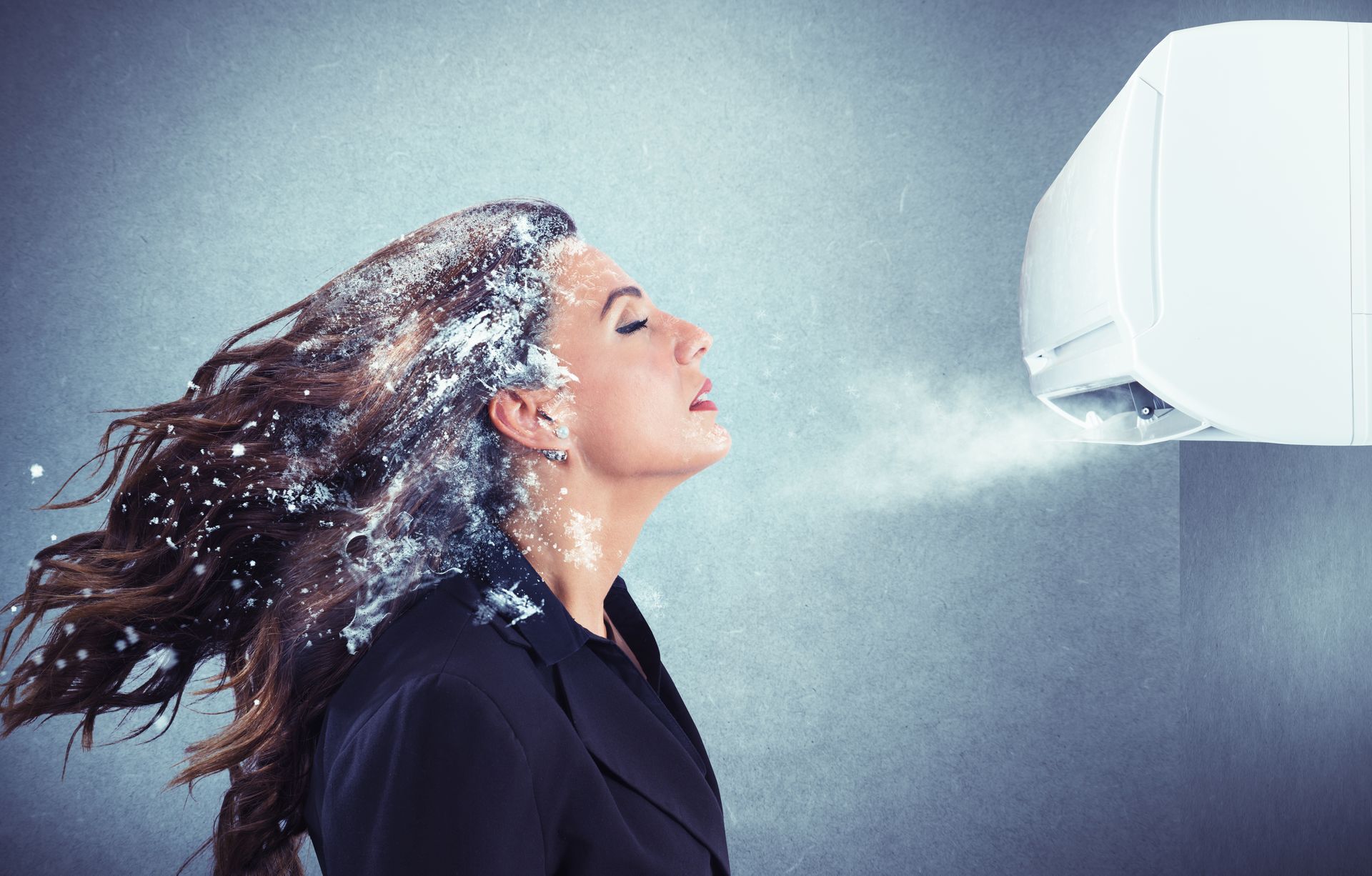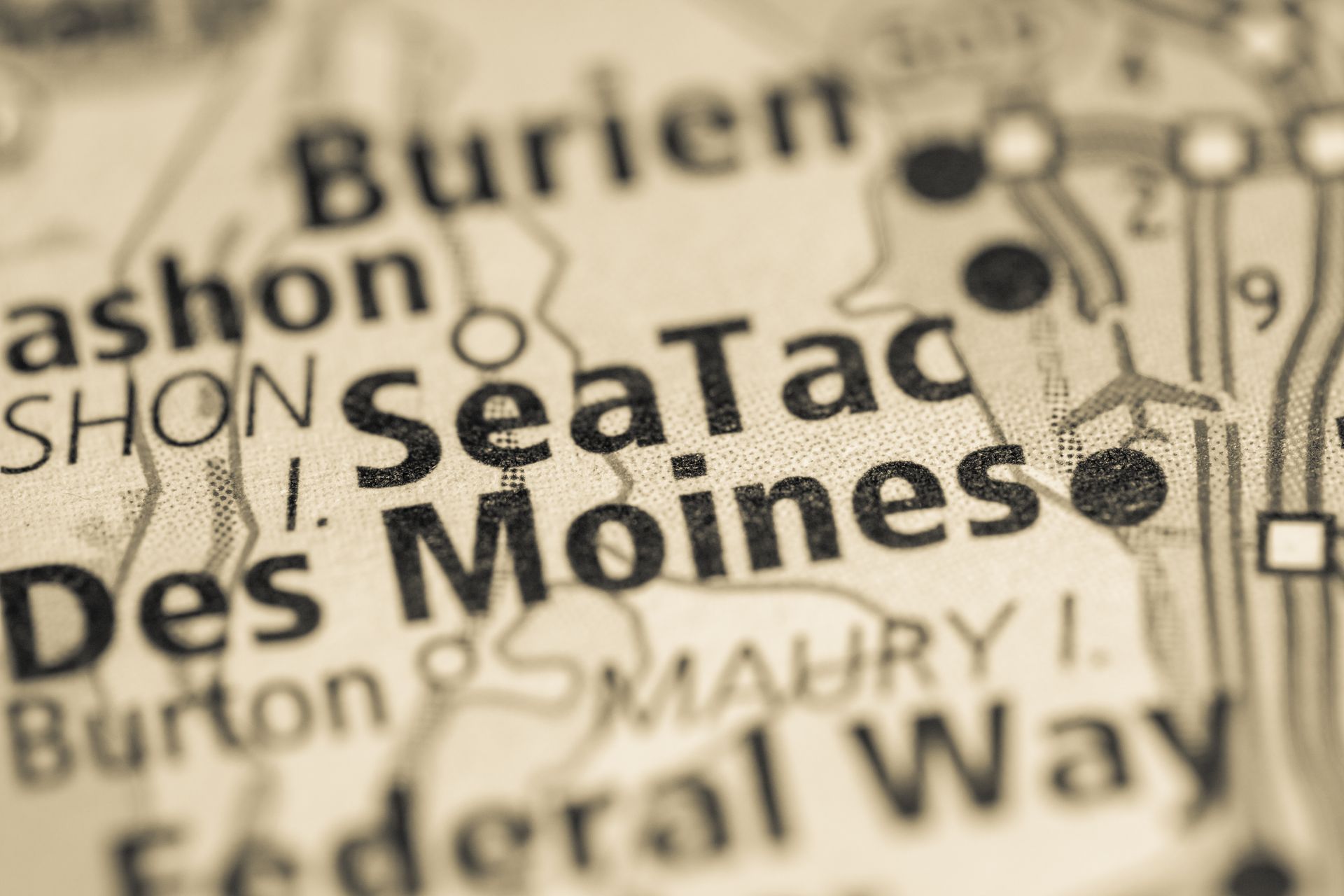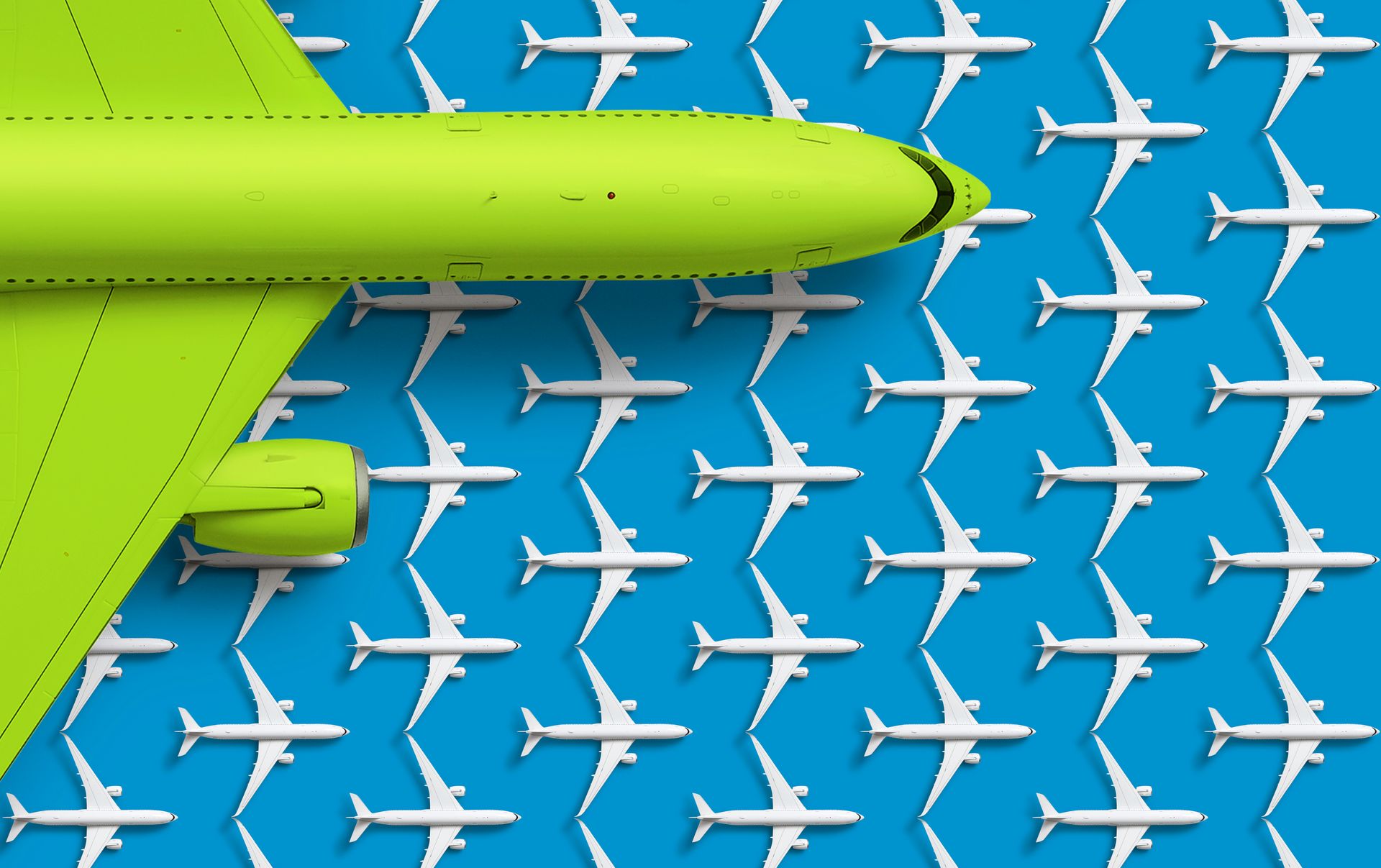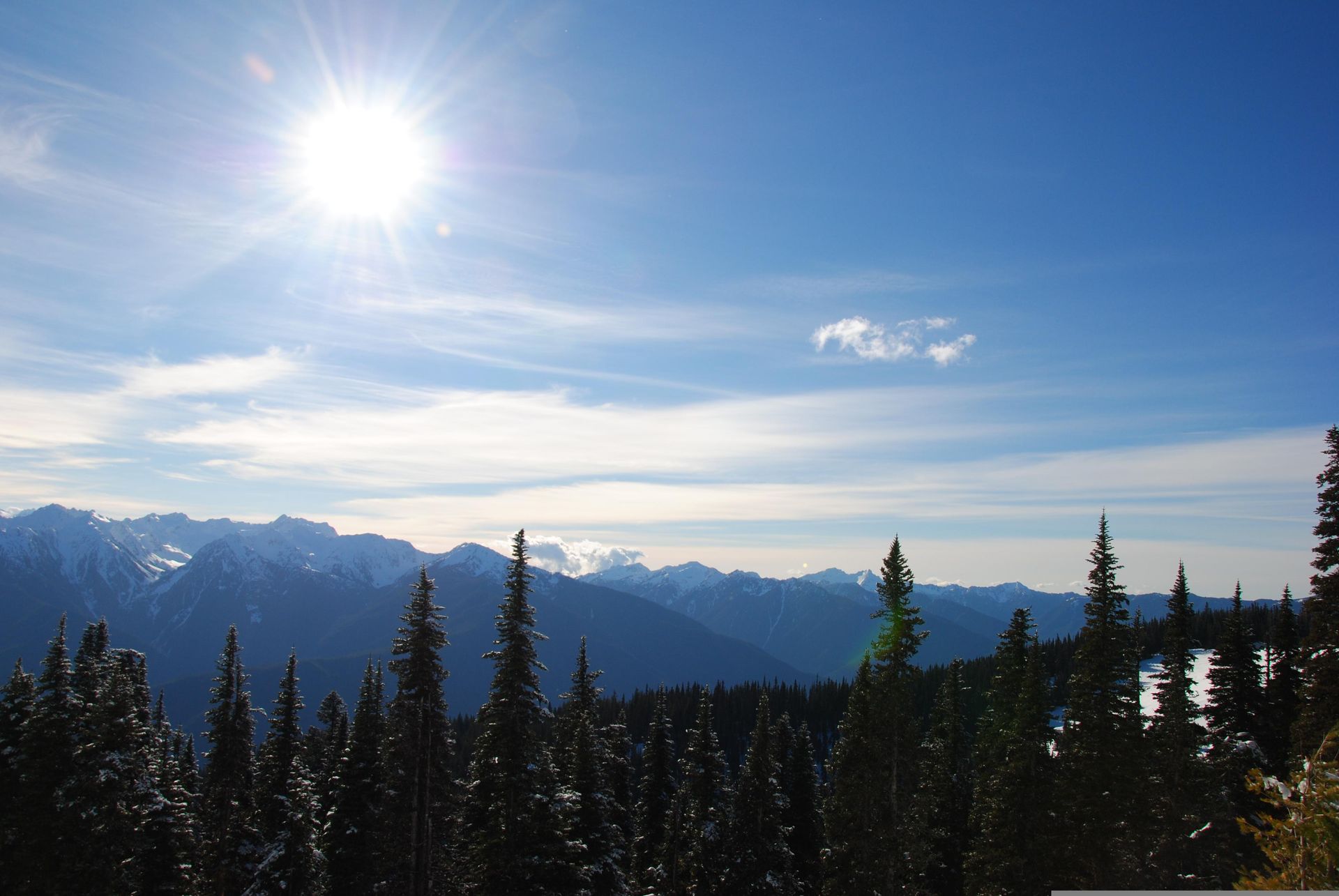Sweltering Summers Sending Seattle Into Arms of Air Conditioning
More Residents Getting AC to Keep Cool During Longer More Frequent Heat Waves

Gone are the days Seattle residents can wear flannel shirts and beanie hats all summer long. The Emerald City is trading its trademark cool for hot and sweltering. And that's unlikely to change, as worsening climate chaos causes thermostats to skyrocket earlier and higher than ever before.
When Gene Balk, the Seattle Times FYI Guy, first arrived in town in 2002, he was assured he would never need air conditioning. The metro area just didn't have that many hot days to warrant it. But after the mercury spiked to 108F in late June of 2021, he broke down like more and more Puget Sound households have, running to their local small appliance retailer or HVAC provider to get relief from the heat. What has long been considered a luxury for decades is now a necessity to survive the extreme temperatures triggered by heightening global warming caused by fossil fuels.
Over Half of Households Have AC to Survive Hotter Temps Caused By Climate Change
From 2015 to 2021, the percentage of Seattle households with AC surged nearly 20 percentage points from 34% to 53%, according to the American Housing Survey, which the U.S. Census conducts every two years. Roughly 844,400 homes or apartments have either central air or window units.
The city even lost its long-held title for least air-conditioned metro area to San Francisco, which has also seen a hike in AC use to 45% in 2021, up from 36% in 2015, despite barely exceeding an average of 60F in July and August. Los Angeles ranked third at 84%, up from 73%. The rest of the 50 largest metro areas had AC rates above 90%, with Houston on top with more than 99%.
It's Only Going to Get Hotter During 21st Century, Thanks To Heightening Global Warming
Since the 1960s, heat waves everywhere, including in Seattle, have gotten more numerous and longer, starting weeks before official starts of summer and lasting well into fall. The city's heat wave season is now nearly 57 days longer than it was in the 1960s, according to the Environmental Protection Agency. The number of heat waves per year has increased by 4.5 and their average length per wave is 2 days more.
Seattle's average temperature has risen a little over 2F since the late 19th Century. But by 2100, it's projected to rise somewhere between nearly 3F to almost 9F, according to Carbon Brief. On May 13, the city even broke by four days its 2008 record for earliest day in May to hit 90F, which usually doesn't happen until early July.
Get Ready to Pay Higher Electricity Bills As Climate Problems Intensify
The National Energy Assistance Directors Association estimates that the cost of cooling for the Pacific region, which includes Washington, Oregon and California, rose nearly 6% in the just the last year. Nationwide, it's likely to go up nearly twice that amount. Even with an energy efficient heat pump, the average Seattle homeowner would pay an additional $49 per month to cool their home. You can calculate your costs here.
Then there's the cost of the AC equipment itself. Central air ranges from $3,800 and almost $7,900 for installation, with an average of almost $5,900 nationwide, according to
Bob Vila's website. The top-rated AC window unit there cost $379.
Regardless whether you're cooling a bedroom, an apartment, or an entire house, the cost of burning fossil fuels has come home to roost.
Related Stories:
Seattle is no longer the least air-conditioned major metro area
Hardware stores see spike in interest in A/C units ahead of the heat wave








